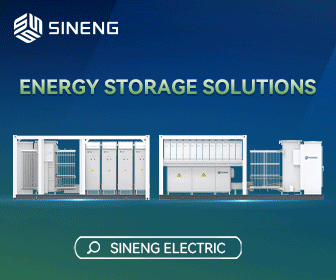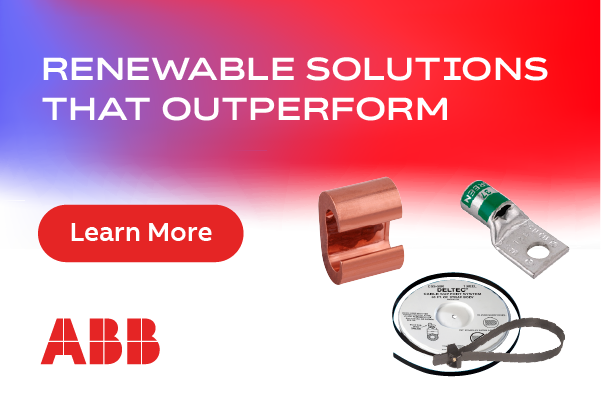Taming the Surge: Why hybrid SuperCapacitors are the future of AI energy storage
As artificial intelligence continues to evolve from cutting-edge research to mission-critical infrastructure, its demands on power systems are intensifying. From data centers training large language models to edge devices executing real-time inference, AI workloads are increasingly defined by one thing: extreme variability in power demand.
This shift is exposing a significant limitation in current energy storage strategies — particularly those reliant on traditional lithium-ion or lead-acid batteries. While effective for steady-state applications, these systems are ill-equipped to respond to the short, high-intensity power spikes AI workloads require. The industry is reaching a tipping point, and a new approach is needed.
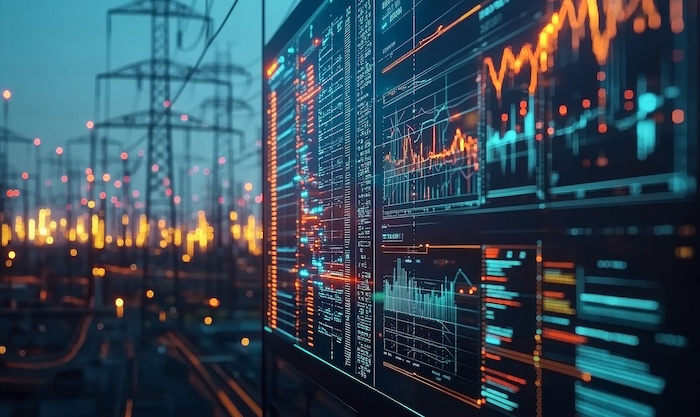
Enter Hybrid SuperCapacitors (HSCs) — a next-generation energy storage technology uniquely positioned to meet modern AI systems' fast, flexible, and resilient power needs.
Peak power problem in AI workloads
AI doesn't consume power evenly. During training and inference, processing units like GPUs and AI accelerators often operate in highly synchronous bursts. Multiple compute cores activate simultaneously in a synchronous compute mode, triggering power demands at a facility level that last only milliseconds but require instant, high-capacity delivery.
What drives these spikes?
- Massive data throughput during model training
- Dynamic resource allocation in inference environments
- Latency-sensitive operations like autonomous systems and real-time analytics
- Thermal system responses that suddenly ramp up cooling demands
These unpredictable, high-frequency power fluctuations create significant stress on traditional power architectures, particularly those that rely on energy storage from lithium-ion batteries. In traditional data center designs, these dynamic power demands are spread across multiple applications and servers. In Large Language Models (LLMs) due to synchronous compute, all of the 'GPU's and servers operate as one. While this provides the massive computing power to do the task, it also creates a very large power shift that will impact the facility's power systems and even the grid. Traditional facility power designs are built to protect the load from grid power fluctuations. Modern GenAI power designs will also need to protect the grid from load power fluctuations.
Limits of lithium-ion
While lithium-ion batteries offer solid energy density, their inability to handle rapid charge/discharge cycles without degradation is a major drawback for AI applications. High peak currents lead to internal heating, reduced lifespan and, in extreme cases, catastrophic failure.
A core issue lies in the metal oxide-based cathodes common in lithium-ion designs. Under stress — such as from overcharging or overheating — these materials can release oxygen, which may react with the flammable electrolyte and trigger thermal runaway. This self-sustaining reaction can lead to fires or explosions, posing serious risks in high-density compute environments.
In short, lithium-ion batteries were built for long-duration energy delivery, not for the rapid, burst-style demands AI now requires.
What are hybrid SuperCapacitors?
Hybrid SuperCapacitors blend the high power density and fast response of traditional supercapacitors with the higher energy capacity of batteries. They bridge the performance gap by combining a capacitive electrode (for rapid discharge) with a faradic electrode (for energy storage), delivering both speed and endurance. (pictured below)
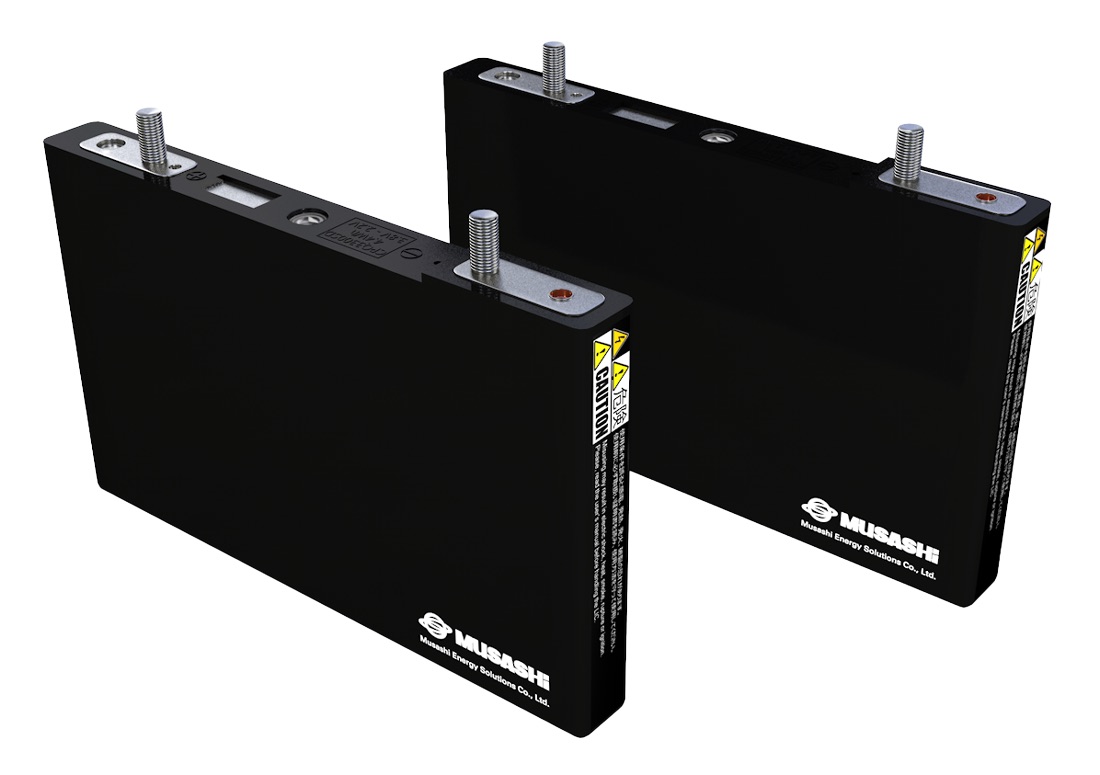
HSC systems paired with Uninterruptible Power Systems (UPSs) can eliminate the need for batteries, offering an unparalleled solution in delivering instantaneous backup and smooth transition to onsite generators without the uncertainty and expense of batteries. Compatible with the 480VDC bus of modern three-phase UPSs, they connect to the DC bus of the UPS, just like a bank of batteries, receiving charging current from the UPS and providing DC current to the UPS inverter during discharge. For some applications, flywheel systems have proven to be a viable option; however, some notable considerations include footprint, maintenance costs, vacuum pump service, part replacements, and certifications.
Unlike batteries, HSCs:
- Have very low internal resistance, allowing for quick energy delivery
- Support millions of charge/discharge cycles with minimal degradation
- Generate minimal heat, reducing the risk of thermal events
- Can charge and discharge in seconds, not hours
- Are compact and scalable - Can be integrated into edge devices, servers, or AI accelerators where space is limited and rapid performance is critical
- Minimize cooling requirements - Lower heat generation under dynamic loads means less need for extensive thermal management systems.
- Can withstand one million-plus complete discharge/recharge cycles - Support high-frequency cycling without significant degradation, ideal for continuous AI workloads.
These characteristics make HSCs ideally suited for buffering power spikes, supporting edge AI applications and improving energy resilience in AI factories and high-performance compute clusters.
Real-world applications: AI needs a fast-response buffer
In modern AI factories (hyperscale data centers designed specifically for AI training and inference) HSCs can be deployed as load-leveling buffers between the primary power source and compute equipment. During idle or low-load periods, HSCs charge efficiently. When a computational spike hits, they discharge immediately, absorbing peak loads and relieving the grid infrastructure.
In mobile or edge AI systems such as autonomous vehicles, drones, and industrial robots, where space is limited and safety is critical, HSCs provide compact, fire-safe, and high-speed energy delivery without the risks associated with lithium-ion chemistry.
Safety and Sustainability Advantages
Beyond performance, HSCs offer important safety and environmental benefits:
- No oxygen-releasing metal oxides, drastically reducing the risk of thermal runaway
- Non-flammable electrolytes
- Lower environmental impact, with fewer rare or toxic materials
- Long operational 15- to 20-year lifespan, reducing replacement cycles and e-waste
These features are particularly relevant as data centers and AI-focused facilities face increasing regulatory and sustainability pressures.
A necessary shift in energy strategy
The energy infrastructure that powered yesterday's IT is no longer fit for today's AI. From ChatGPT to autonomous supply chains, modern AI systems require power architectures that are not just energy-efficient, but also power-agile. As AI-driven demand surges, it's critical to protect the grid from overwhelming power loads by deploying smarter, decentralized energy storage and distribution systems that can adapt in real-time.
Hybrid SuperCapacitors offer a transformative path forward, delivering fast, safe, and sustainable energy for AI workloads that don't wait. As the industry continues to scale AI deployment across cloud and edge, the case for integrating HSCs into next-generation stacks is not just compelling — it's essential.
Conclusion
AI's future depends on more than just faster chips and better algorithms, it hinges on how we power them. Hybrid SuperCapacitors aren't just a supporting technology, they're becoming a foundational component in the energy design of intelligent and more sustainable infrastructure. Emerging as best of class is an "all of the above" design approach—one that leverages power management at all layers to optimize performance, resilience, and efficiency. The message is clear for developers, architects, and energy professionals building the next generation of AI systems: Speed wins. Stability matters. Hybrid SuperCapacitors deliver both.
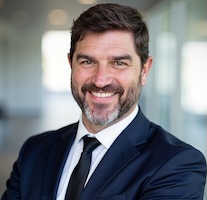 Marc Kohler is the Director of Business Development and OEM Sales for Musashi Energy Solutions. His focus is on driving the adoption of Hybrid SuperCapacitors across key sectors, working closely with server rack and data center developers to highlight how these next-generation energy storage solutions can deliver enhanced power, longer life cycles, sustainability, and improved safety. Marc holds a Master of Science in Executive Engineering Management from the University of Texas and a Bachelor of Science in Electrical Engineering Technology from Texas A&M University. He also holds a patent in battery rack design, highlighting his ability to bridge cutting-edge innovation with real-world applications.
Marc Kohler is the Director of Business Development and OEM Sales for Musashi Energy Solutions. His focus is on driving the adoption of Hybrid SuperCapacitors across key sectors, working closely with server rack and data center developers to highlight how these next-generation energy storage solutions can deliver enhanced power, longer life cycles, sustainability, and improved safety. Marc holds a Master of Science in Executive Engineering Management from the University of Texas and a Bachelor of Science in Electrical Engineering Technology from Texas A&M University. He also holds a patent in battery rack design, highlighting his ability to bridge cutting-edge innovation with real-world applications.
Musashi Energy Solutions | www.musashienergysolutions.com
Author: Marc Kohler
Volume: 2025 July/August









